OnePlus Nord 2 vs Realme X7 Max vs Mi 11X: benchmarks and battery comparison
The OnePlus Nord 2 has been officially unveiled in the country as the company’s new mid-range offering. Powered by the Dimensity 1200 AI, the Nord 2 is OnePlus’ first phone to harbour a MediaTek chipset, at least in India. Priced starting Rs 27,999, the phone has a lot of competition from Realme’s X7 Max (review) and Xiaomi’s Mi 11X (review). OnePlus has often relied on its powerful processing capabilities to distinguish itself from the competition. In this comparison, I will try to find out if the statement still holds true for the Nord 2 and figure out how good the battery life is.

Benchmarks
Synthetic benchmarks help provide indicative metrics about a device’s performance, and the most popular ones for testing smartphones include Geekbench 5, Antutu V9, GFXBench, and 3DMark. Let’s see how the three contenders fare in each of them.
Geekbench 5
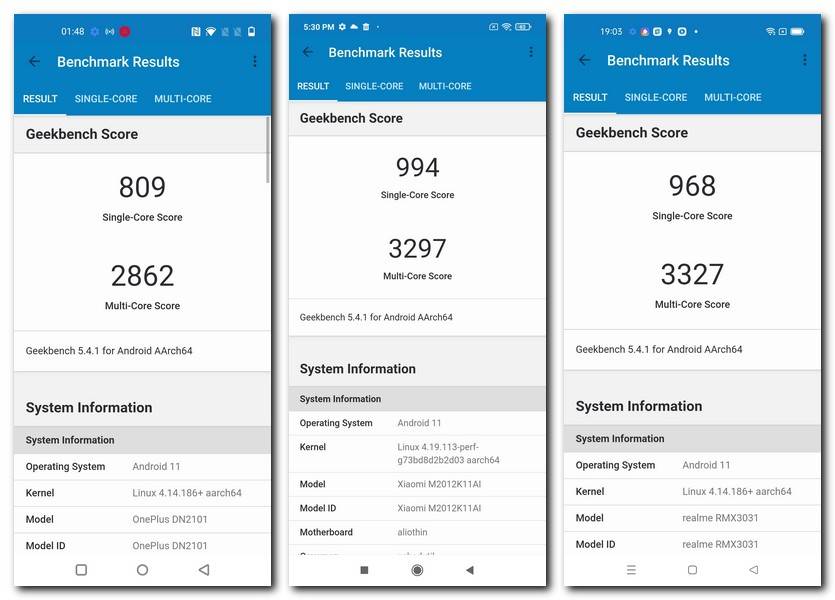
On Geekbench 5, the device gets a score based on how it performs on the single-core and multi-core tests. The OnePlus Nord 2 and its Dimensity 1200 AI chipset get a score of 809 and 2862 respectively. On the other hand, the Realme X7 Max, which also has the same chipset albeit without the emphasis on AI, got a higher score of 968 and 3327. OnePlus says that the Dimensity 1200 AI chipset is a custom silicone made especially for the Nord 2 to amp up its AI capabilities, but the difference in the scores of the two devices does seem strange. The Xiaomi Mi 11X uses the Qualcomm Snapdragon 870 5G and gets single-core and multi-core scores of 994 and 3297, which are again higher than the Nord 2.
Antutu V9
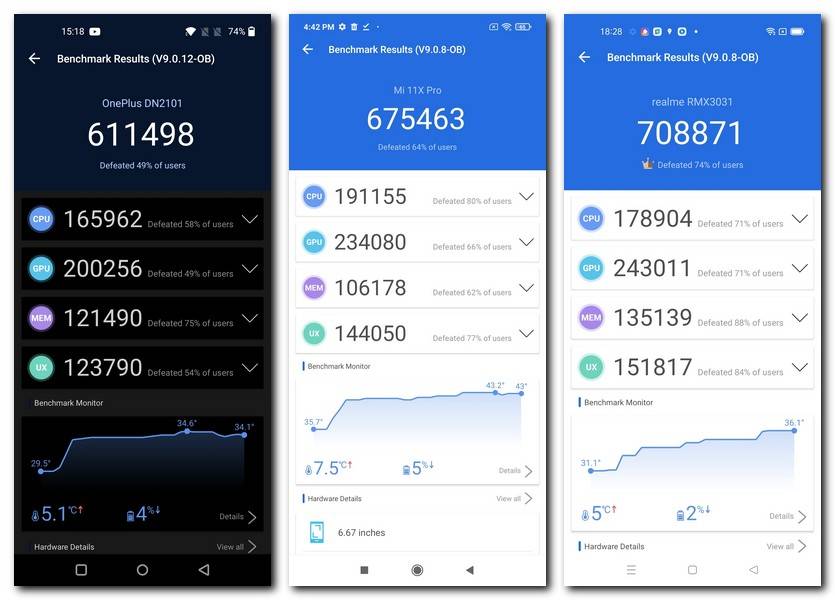
Antutu’s overall score gives a result of various parameters of the smartphone being tested. This also includes the graphical capabilities along with how fast the memory and UI are. This time around, the OnePlus Nord 2 scores significantly less at 611,498 while the Realme X7 Max, which, to remind you again, has the same chipset without the AI modifications, scores 708,871. That’s nearly a 14 percent drop in performance for the Nord 2. In terms of temperature gained, both devices showed an increase of 5 degrees each, but the Nord 2 dropped an extra two percent battery while running the test. To be absolutely certain, I ran the benchmark several times on the Nord 2 and the score varied only slightly from the 610,000 mark. Xiaomi Mi 11X had a score of 675,463 which puts it in the middle of the two devices.
GFXBench and 3DMark
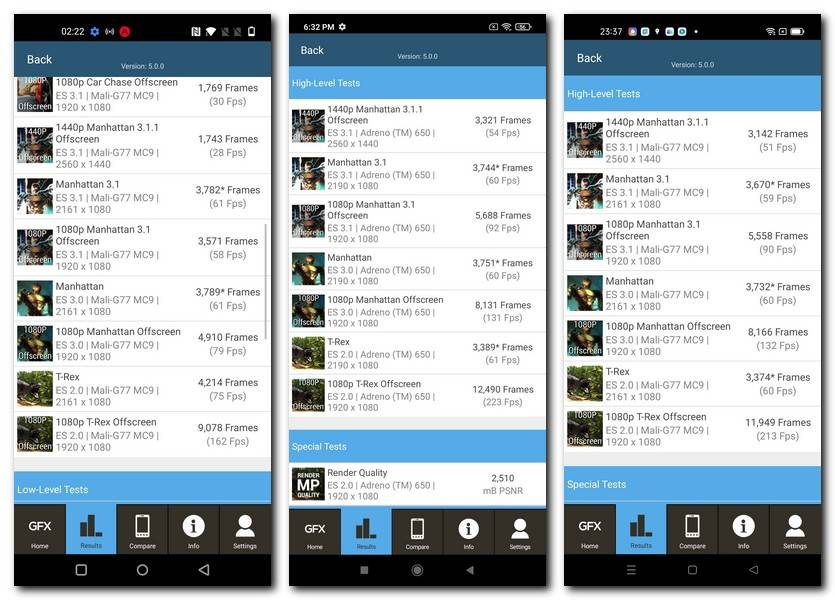
Scoring smartphones on graphical performance, GFXBench outputs an fps count after running the device through a set of fixed simulations. In this case, the Manhattan and T-Rex tests will be the basis for my tests. The OnePlus Nord 2 gets a better fps count of 61 and 75 respectively as compared to the Realme X7 Max but scores lower in the Offscreen tests. The Xiaomi Mi 11X manages about the same fps count as the X7 Max on both on-screen and Offscreen tests.
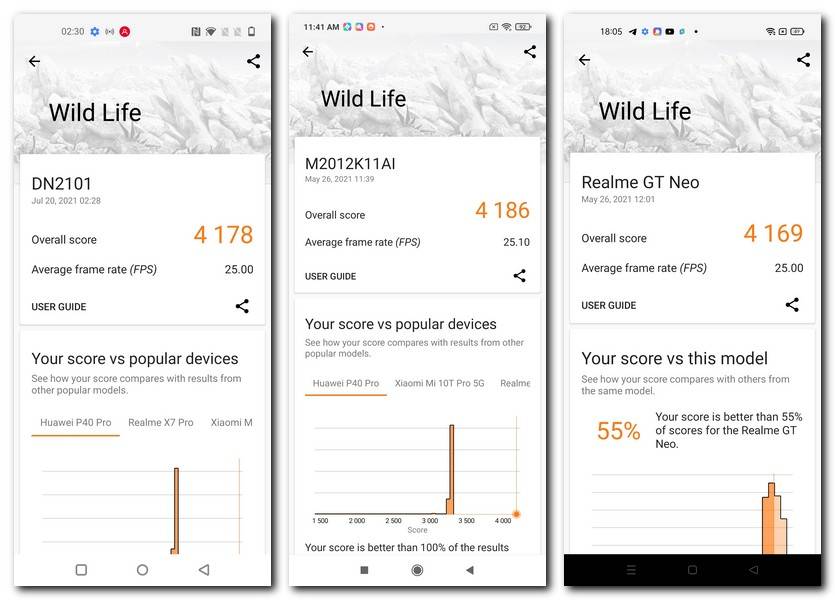
I rely on 3DMark to provide more clarity on the matter of graphical performance. The OnePlus Nord 2 got a score of 4,178 on the Wild Life test while the Realme X7 Max and Mi 11X are on equal footing as well with scores of 4,169 and 4,186 respectively.
It can be concluded from these tests that the OnePlus Nord 2 does not have the best of processing prowess when compared to the Realme X7 Max and Mi 11X. However, it is more or less on equal in terms of graphical capabilities.
Battery test
The OnePlus Nord 2 packs in a 4,500mAh battery that supports the company’s proprietary Warp Charge 65 solution. Realme X7 Max also has the same battery capacity but with a slightly lower 50W charging solution. Mi 11X packs in a 4,500mAh battery as well and charges the slowest at 33W.
PCMark battery test
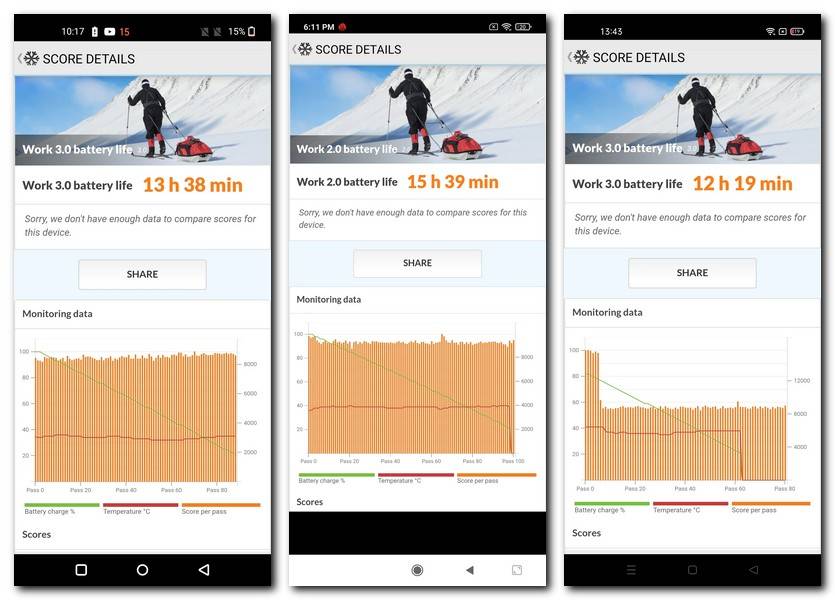
PCMark’s Battery 2.0 test runs a simulation of a day-to-day usage scenario continuously until the battery drops to 20 percent. The amount of time it takes to reach 20 percent from a full charge is the score provided by the benchmark. In the case of the OnePlus Nord 2, the score is 13h 38m while the battery temperature is maintained constantly below 40 degrees. The Realme X7 Max has a lower score of 12h 19m while the Mi 11X churns out 15h 39m on the test. Seeing this, it can be concluded that for the average user, the Mi 11X will last slightly longer when considering a normal use case.
Charging test
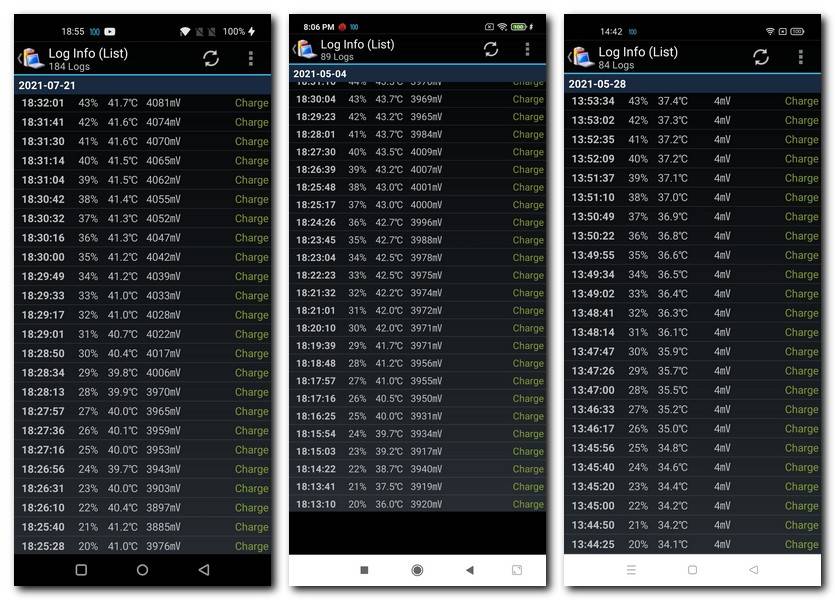
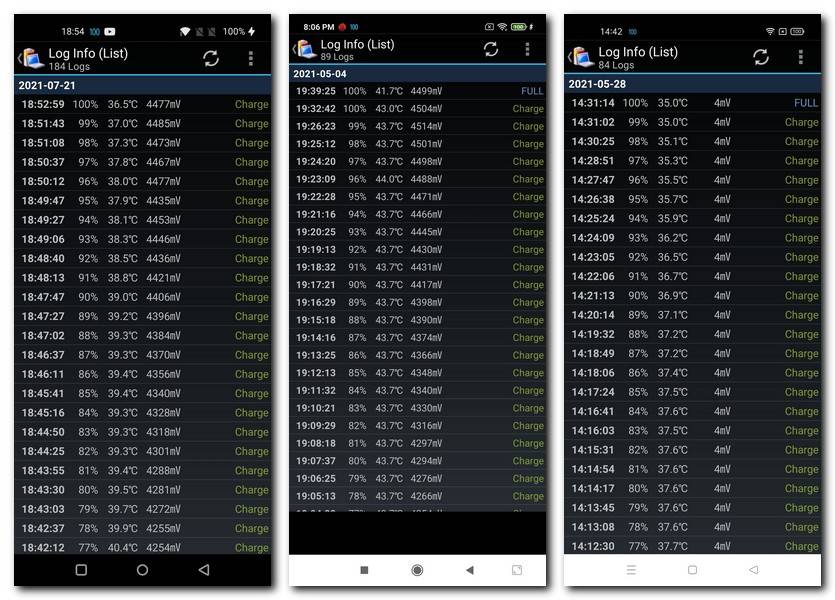
As the battery capacity of all three phones is pretty much the same, it can be assumed that the device with a faster charging speed will be declared the winner. For this test, I measured how fast can each device charge its respective battery from 20 to 100 percent. As such, the OnePlus Nord 2’s 65W charging juices up the phone in just 27 minutes. The Realme X7 Max is second with its 50W charging and it takes about 47 minutes while the 33W Mi 11X is slowest to the mark with 78 minutes.
Gaming test
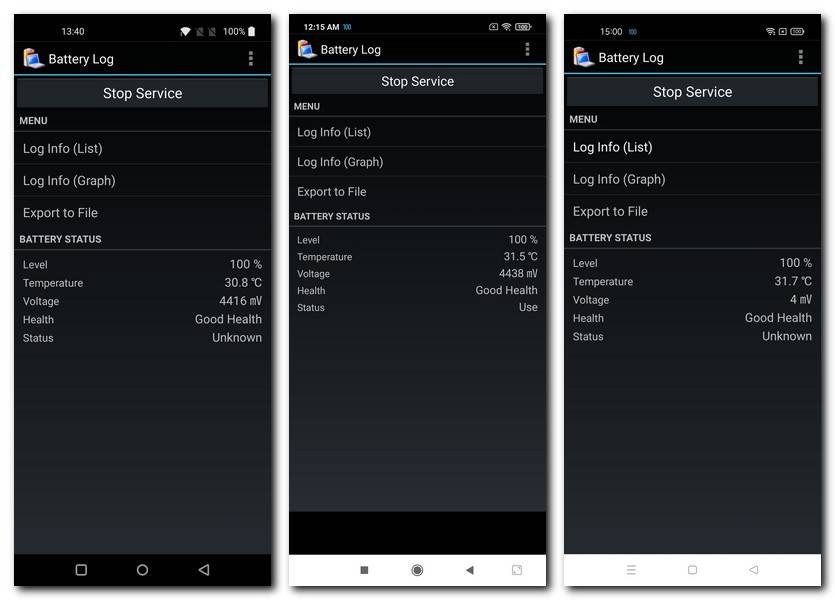
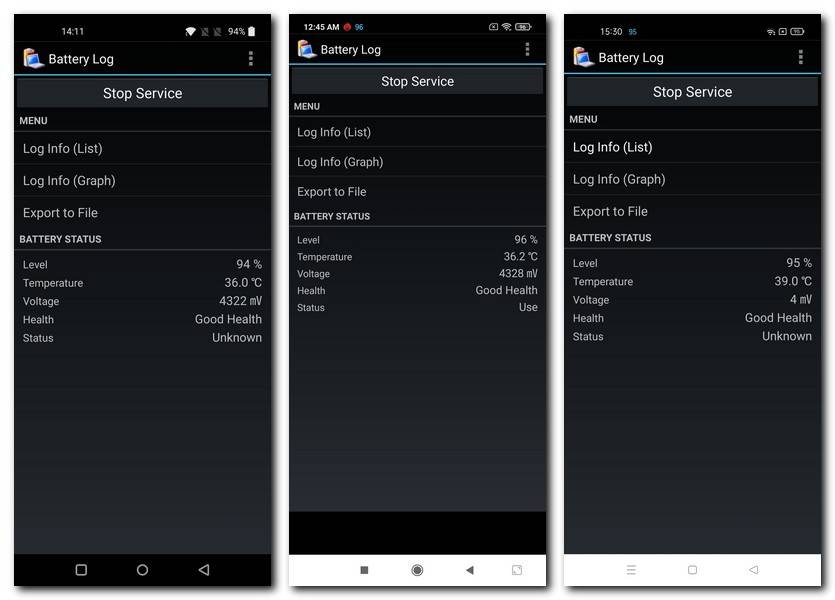
For this test, I ran Call of Duty Mobile for 30 minutes on all three phones at the maximum possible graphics settings with a preference for better Frame Rate over Graphics Quality. For the OnePlus Nord 2 battery drain was about 6 percent while the battery temperature rose by 5.2 degrees. Realme X7 Max saw a battery drop of 5 percent but gained 7.3 degrees. Mi 11X dropped 4 percent battery and gained 4.7 degrees.
Verdict
The OnePlus Nord 2 strangely performs lower than the Realme X7 Max even though they use the same chipset. However, in terms of GPU usage the Nord 2, X7 Max, and Mi 11X are all neck-to-neck. The Mi 11X does win out in the overall day-to-day battery usage, but the Nord 2 crushes its rivals in charging speeds. Finally, all three devices drop about equal battery life while gaming but the Mi 11X doesn’t run as hot as the others. From these tests, it appears that the Mi 11X wins on battery life, while the Realme X7 Max comes across as the best for pure performance. The Nord 2 scores high on charging speeds. Do note that a smartphone is much more than what benchmark figures might indicate, and factors like design ergonomics, camera quality, software experience etc also form an integral part of the device. Do wait for my full review of the Nord 2 to figure out how well it fares in real life.
For all the latest Technology News Click Here
For the latest news and updates, follow us on Google News.
